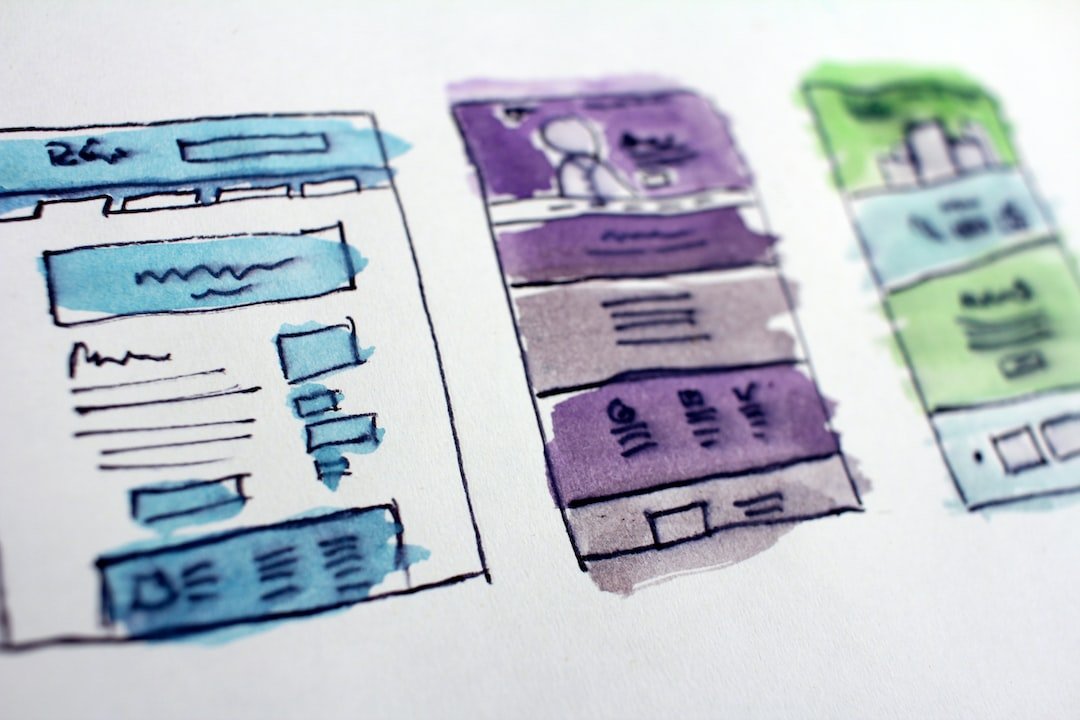The psychology of logo design: How symbols and colors evoke emotional responses
In today’s fast-paced world, it is important for businesses to stand out from the competition. What better way to do so than through a well-designed logo? A logo serves as the visual representation of a company’s brand and can evoke strong emotional responses from consumers. This is where the psychology behind logo design comes into play.
Symbols play a crucial role in logo design as they are the visual cues that trigger associations and emotions within us. Take the golden arches of McDonald’s, for example. This simple symbol instantly brings to mind thoughts of fast food, childhood memories, and convenience. It is a powerful logo that elicits a strong emotional response.
Colors also play a significant role in the psychology of logo design. Different colors have the ability to evoke specific emotions and associations. Red, for instance, is often associated with energy, passion, and excitement. This is why many fast-food chains, such as KFC and Taco Bell, incorporate red into their logos. On the other hand, blue is often associated with trust, reliability, and security. This is why many banks and financial institutions, such as Chase and American Express, choose blue for their logos.
Understanding the psychology behind logo design can help businesses effectively convey their desired message to consumers. By selecting the right symbols and colors, a logo can create a connection with consumers on a subconscious level. This connection can influence purchase decisions and create brand loyalty.
The psychology of logo design also highlights the importance of careful design and research. A poorly designed logo can have negative consequences for a business. For instance, if a logo design does not align with the emotions and values the company wants to convey, it can confuse or alienate potential customers. Therefore, it is essential to seek the expertise of a professional logo designer who understands these psychological principles.
In conclusion, the psychology behind logo design is a fascinating field that demonstrates the power of visual communication. Symbols and colors have the ability to evoke strong emotional responses from consumers. By understanding these psychological principles, businesses can create logos that resonate with their target audience, effectively communicate their brand values, and ultimately stand out from the competition. So next time you look at a logo, take a moment to consider the emotions and associations it evokes within you.

